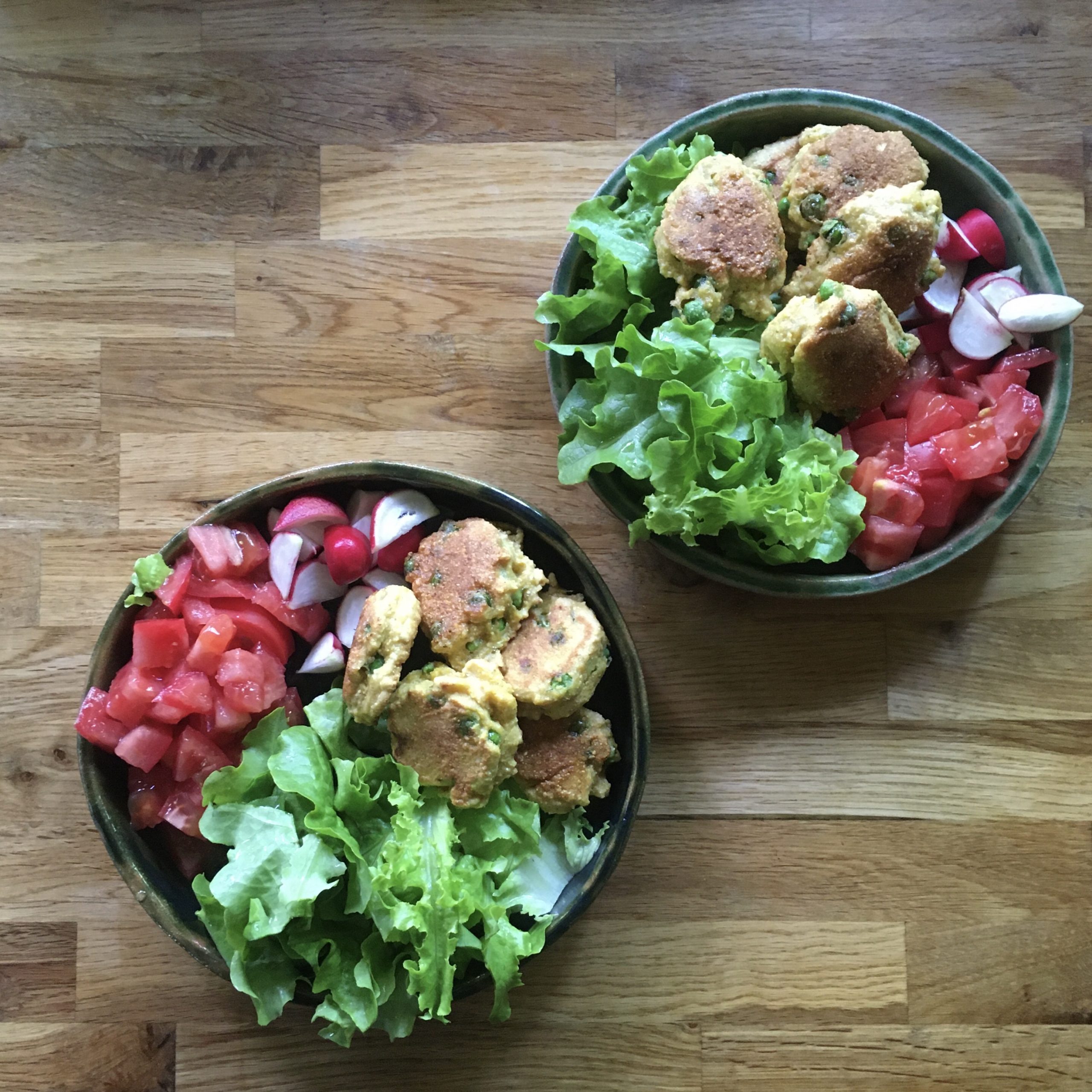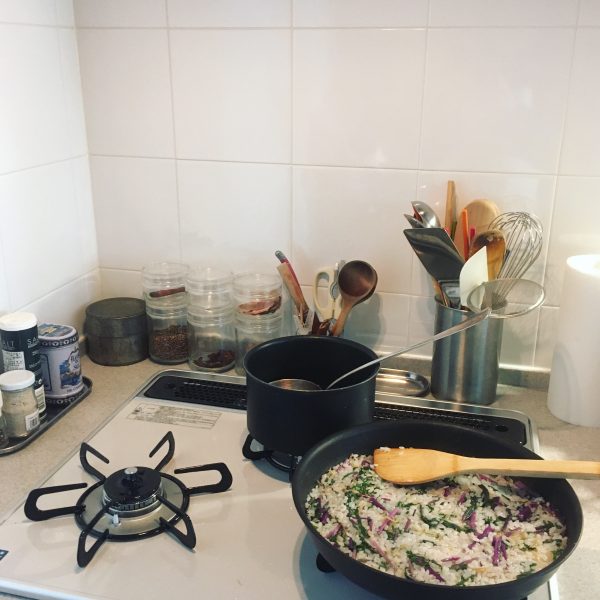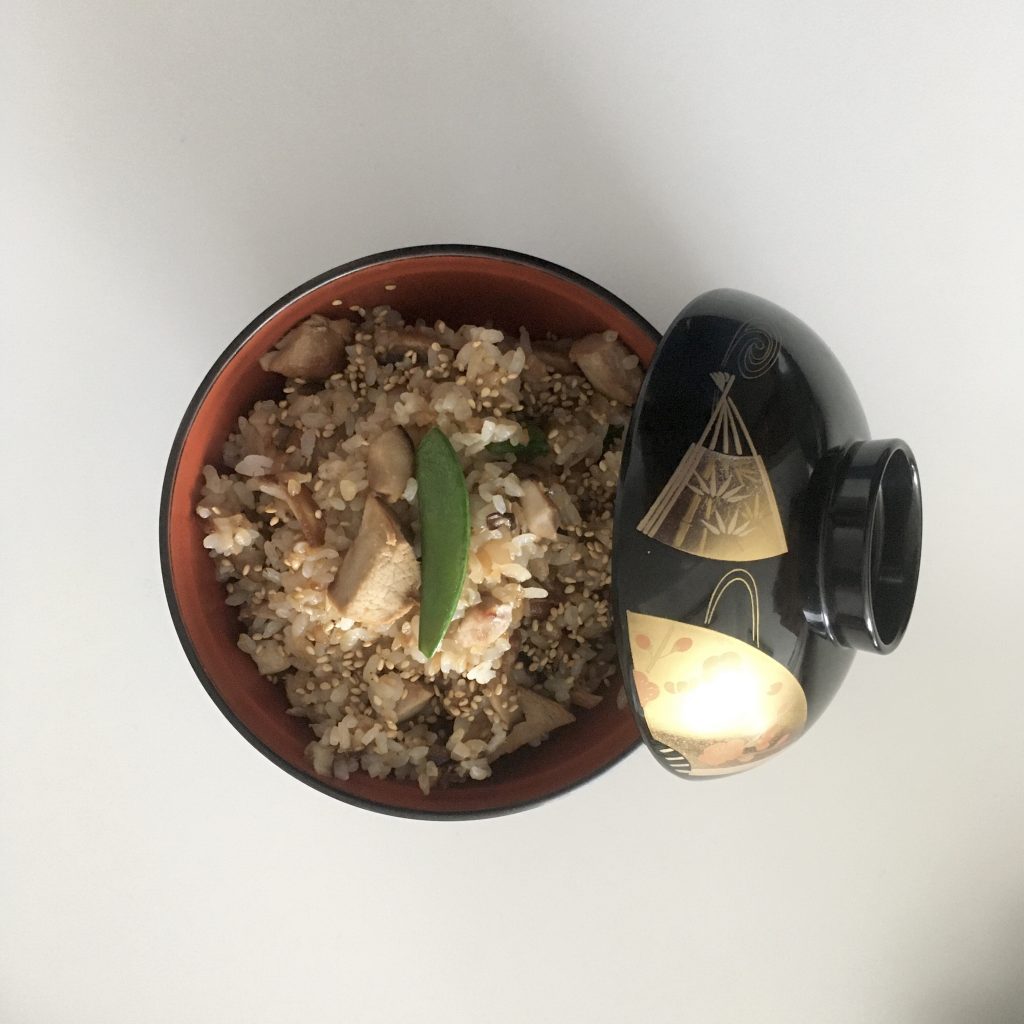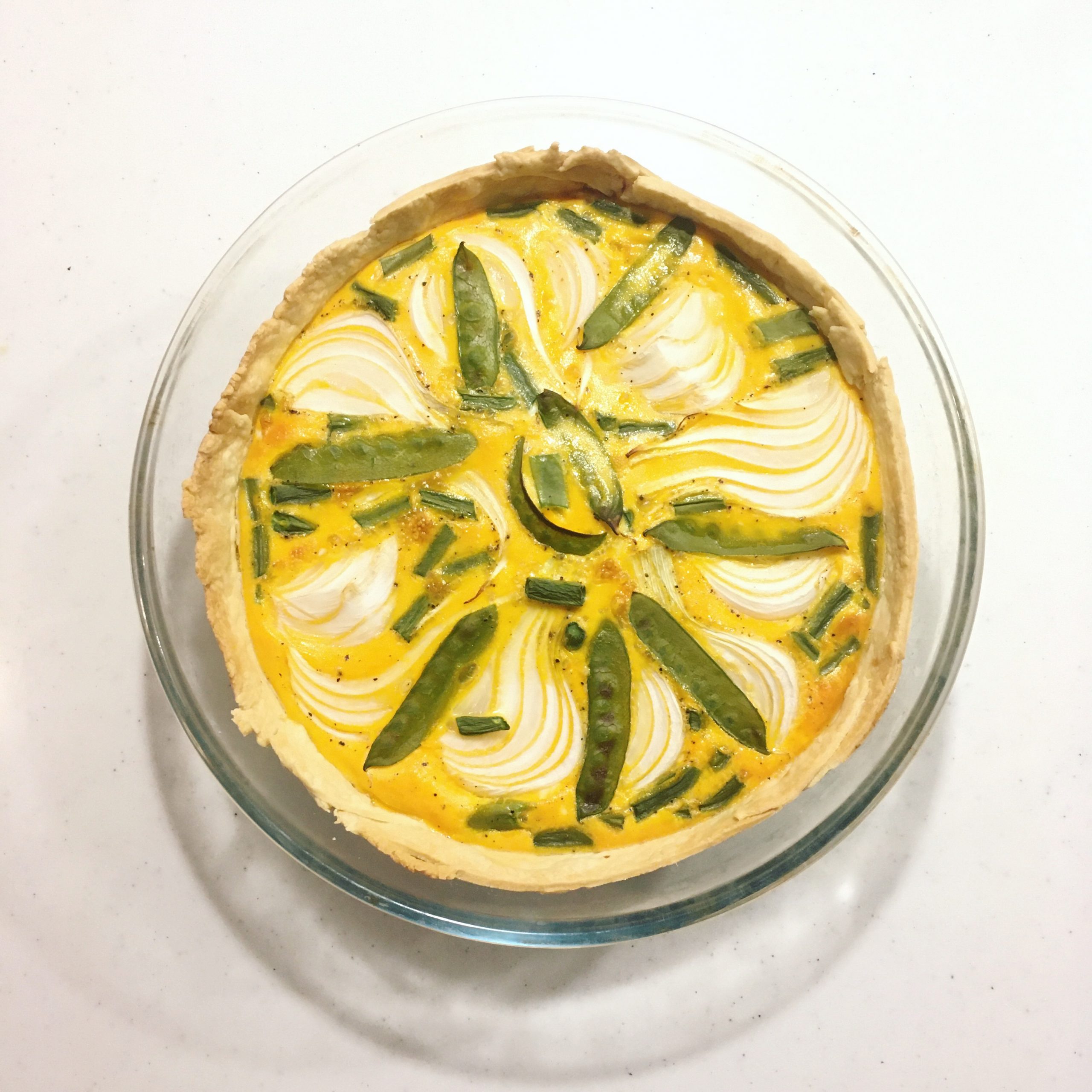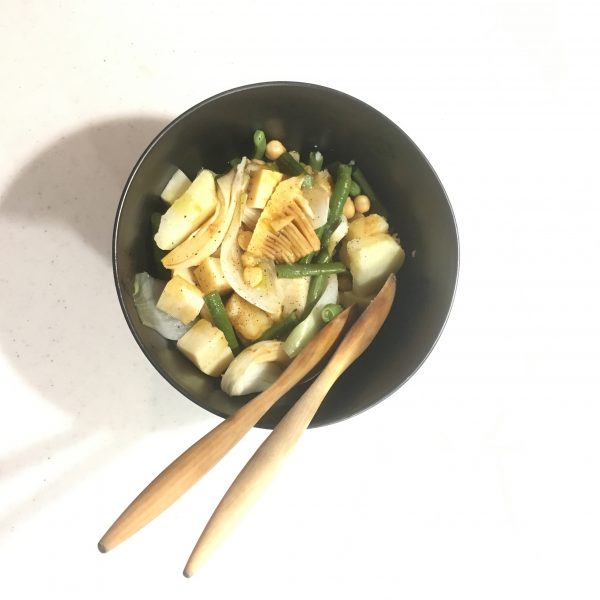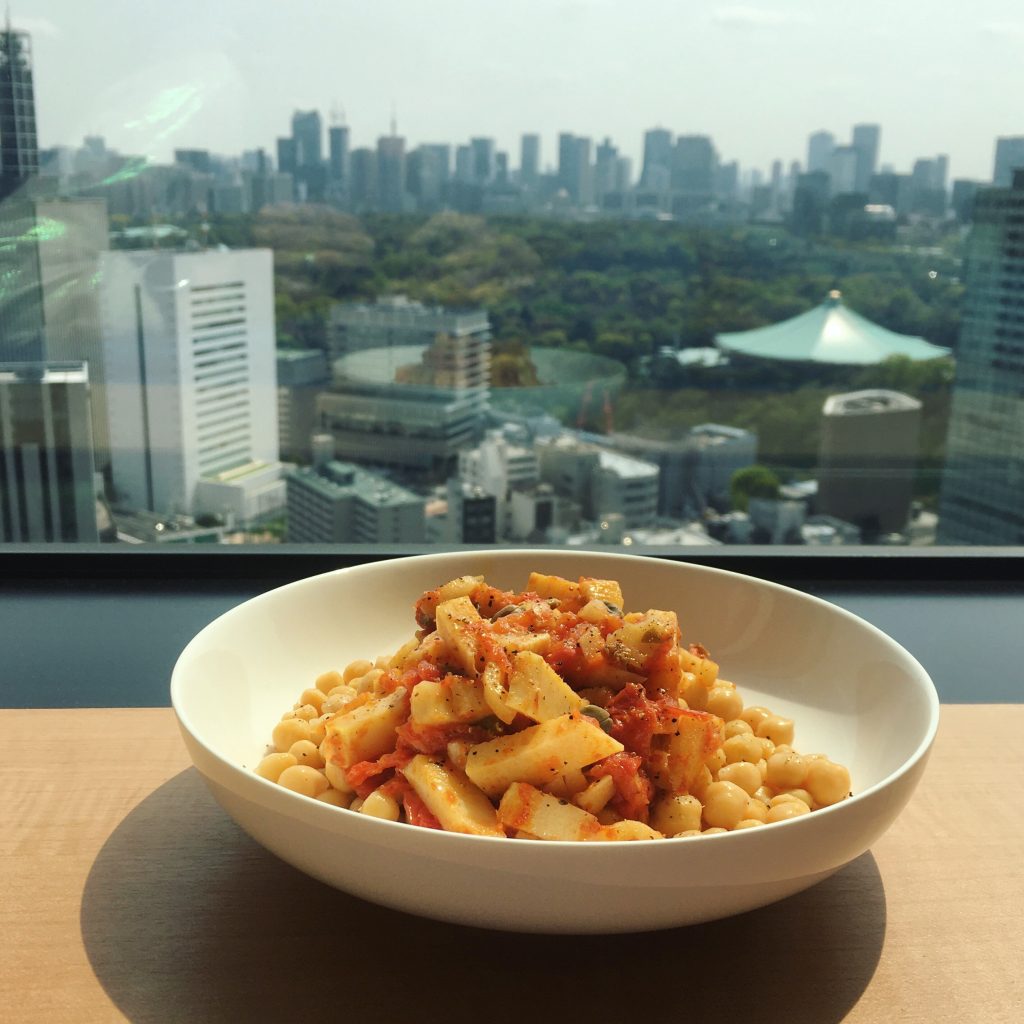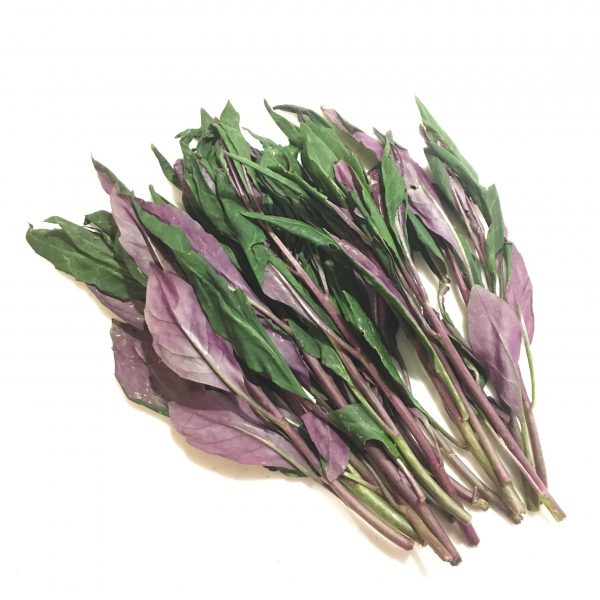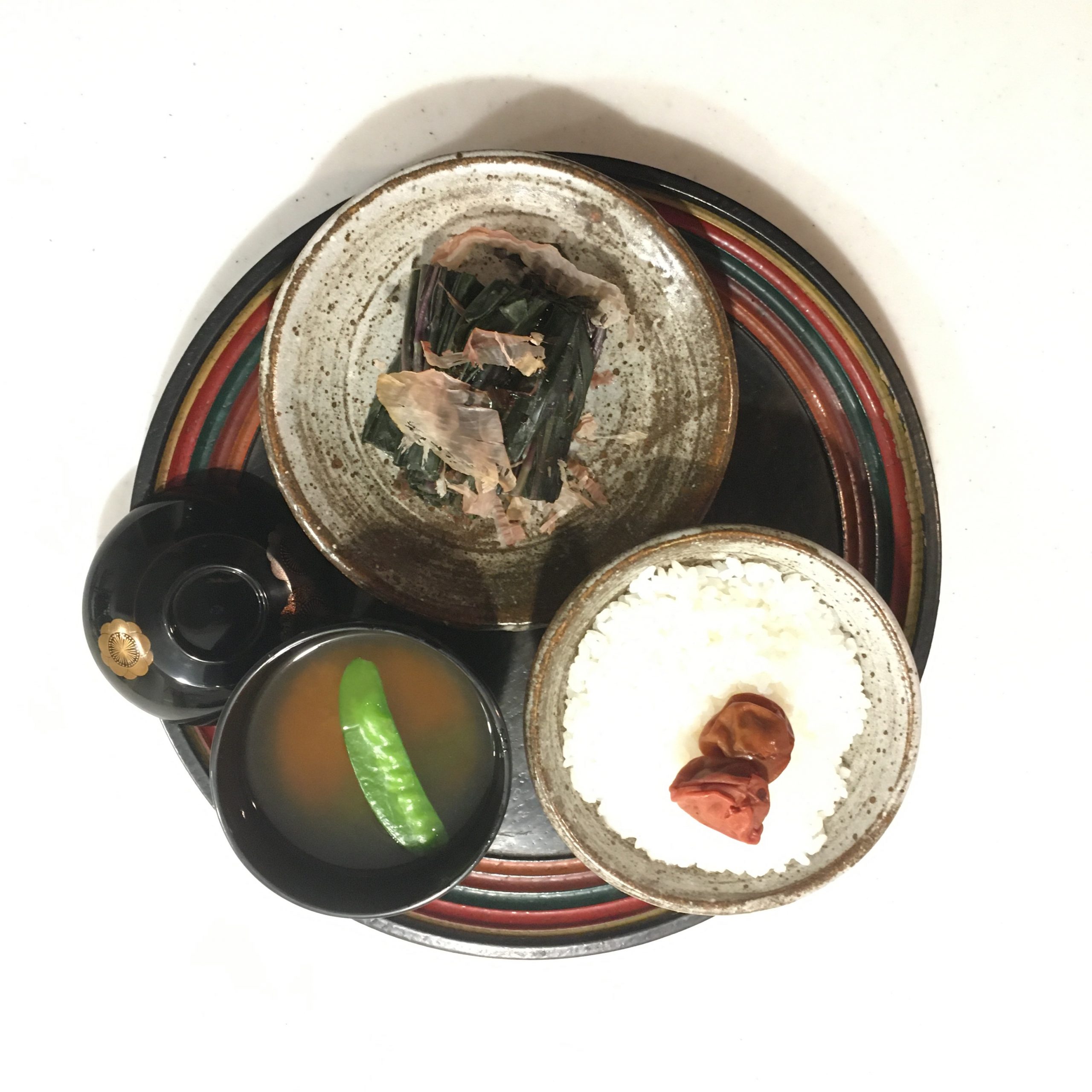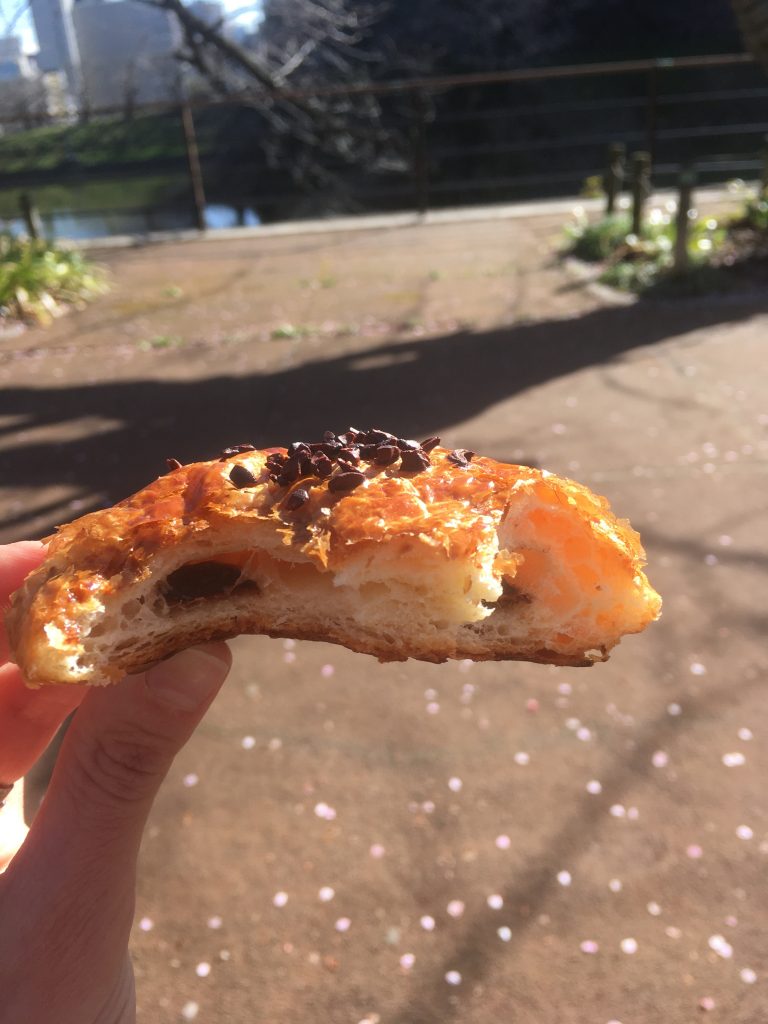When I thought I had tried most berries that exist in Japan, our friends challenged me with a new sort!! The other day Y.-san arrived with a cup full of small dark red berries that looked a lot like dark red currant… so when he said in Japanese “we just harvested june berries, so here are some for you” I took a brain short cut and assumed that june berries in Japanese was the name for red currant. And since my oven was turned on to bake some bread and a quiche, I decided to make a tart with the berries. I prepared a thin crust with olive oil and rye flour, rolled it in a small pie dish, added a spoon of sugar (red currant would be sour…), and wash the berries and while admiring their dark red color, I was telling to myself how dark they are for red currant… well I baked until perfectly done and we ate the tart while still warm. You cannot imagine my surprise when we tasted it. Expecting the tart taste of the currants, slightly blurred by the heat and the sugar, I had in mouth a new flavor… sweet as the sweetest cherry but more floral and berry-like. It was the most delicate surprise!!!
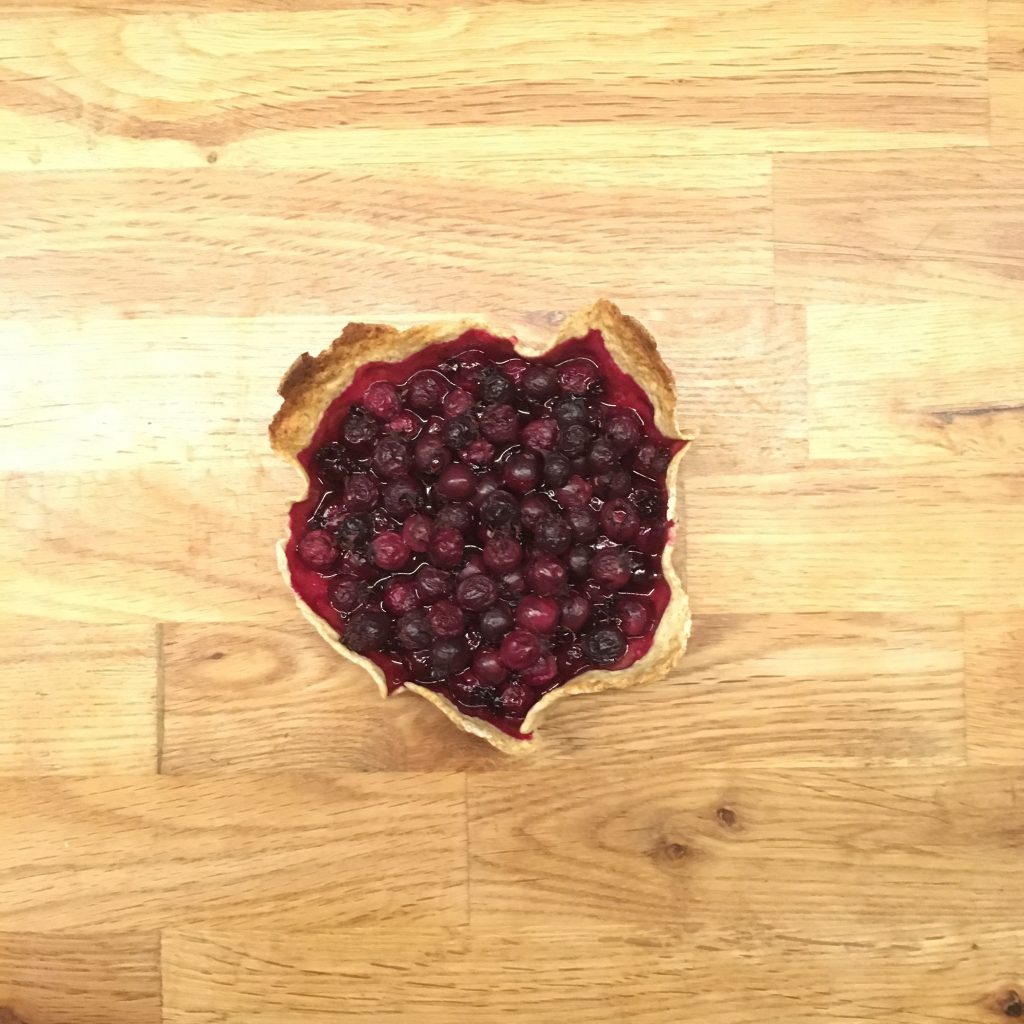
So if you are as stupid as me and didn’t know about june berries, ジューンベリー, here is what a quick search told me about them. Apparently they seem to have been widely popular in the middle age in Europe, but they probably come to a disgrace, as I’ve never seen or heard about amelanchier (the proper name) until a few days ago. Too bad because not only the fruit is delicious, the flowers seem to be very pretty. They also seem to be rather popular in north America, and introduced to Japan for quite some time now. I’ve never seems them on market stalls of any kind, so I’m guessing that those who grow them keep them for themselves. And it is so delicious that I don’t blame them! Now I dream of an amelanchier for our garden! And if you know anything about the june berries I’ll be happy to hear more about them. What to do with them expect pies and jam… and thanks S. And Y.-san!!!

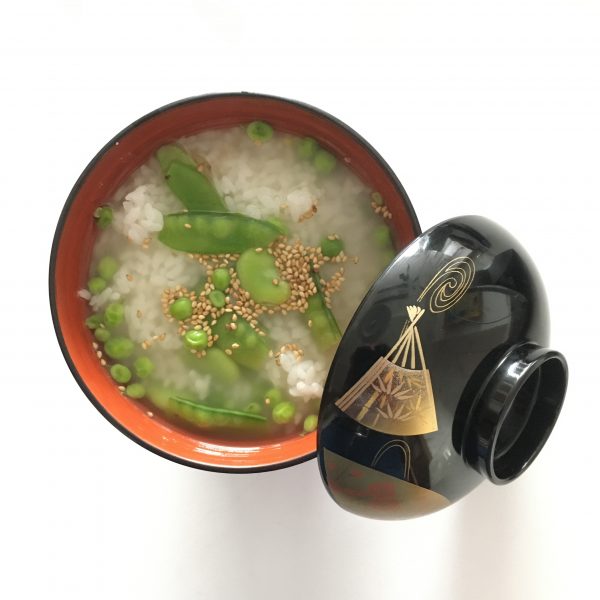
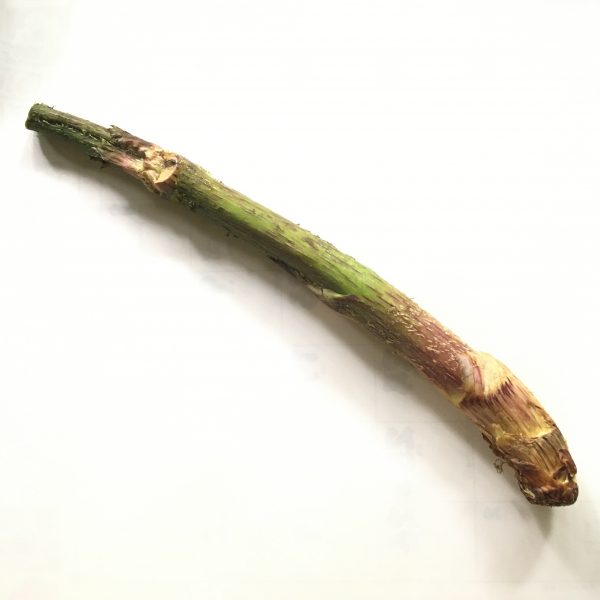
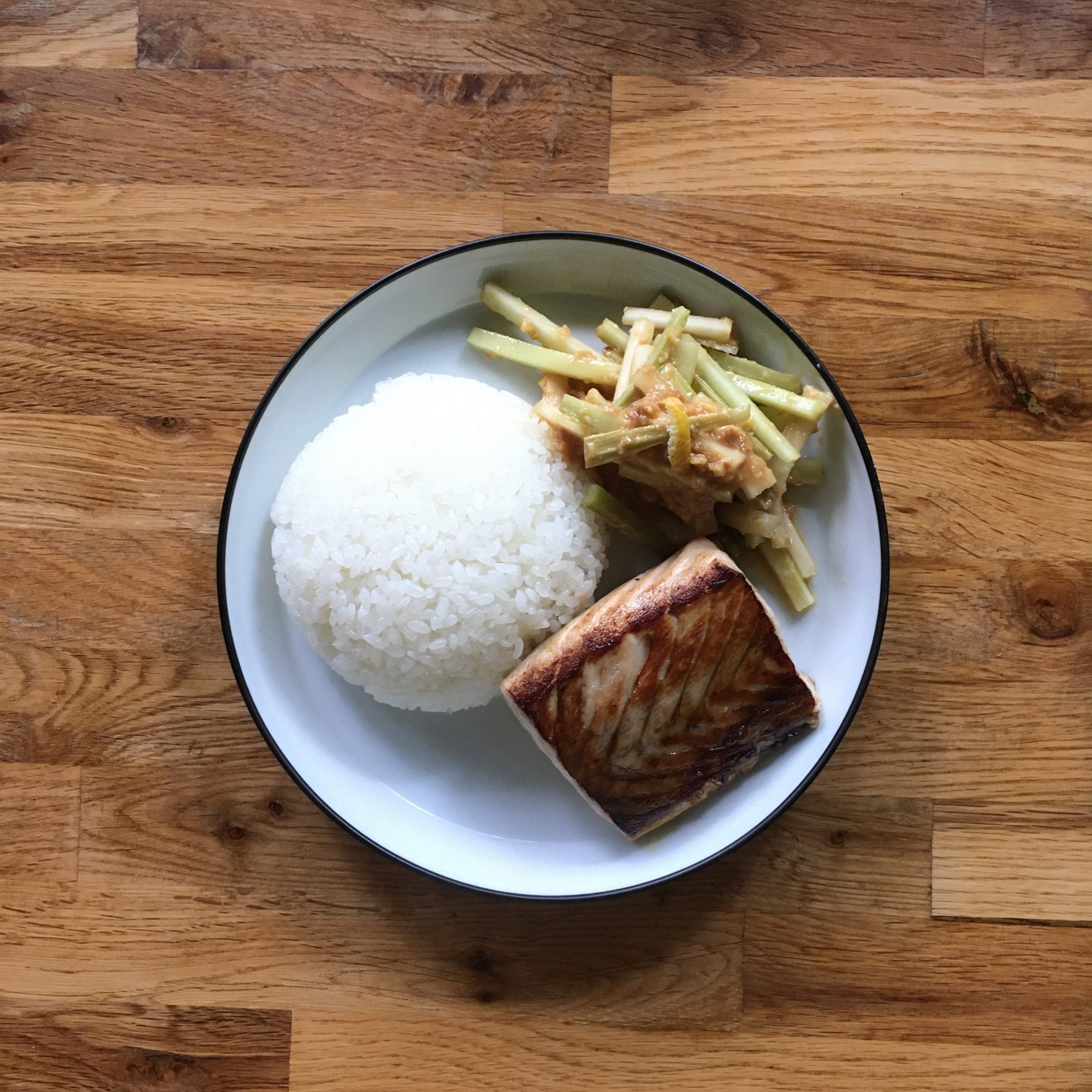
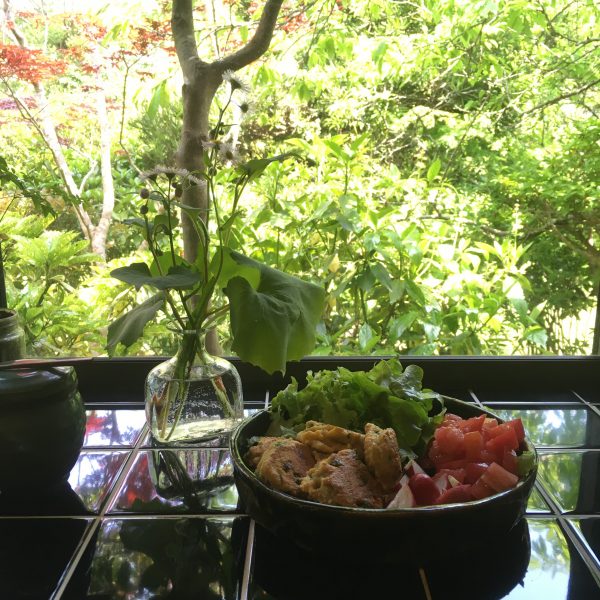
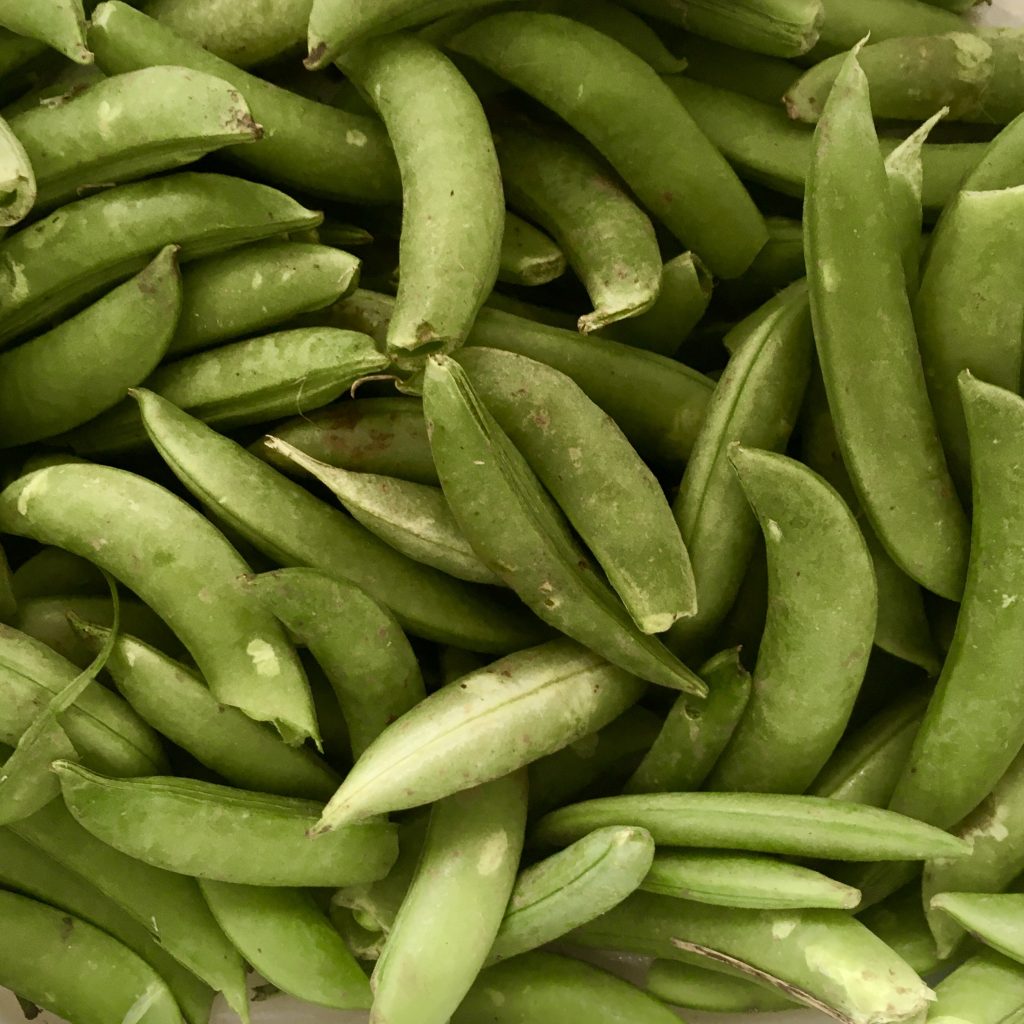 Cornmeal and green peas spicy croquettes
Cornmeal and green peas spicy croquettes
